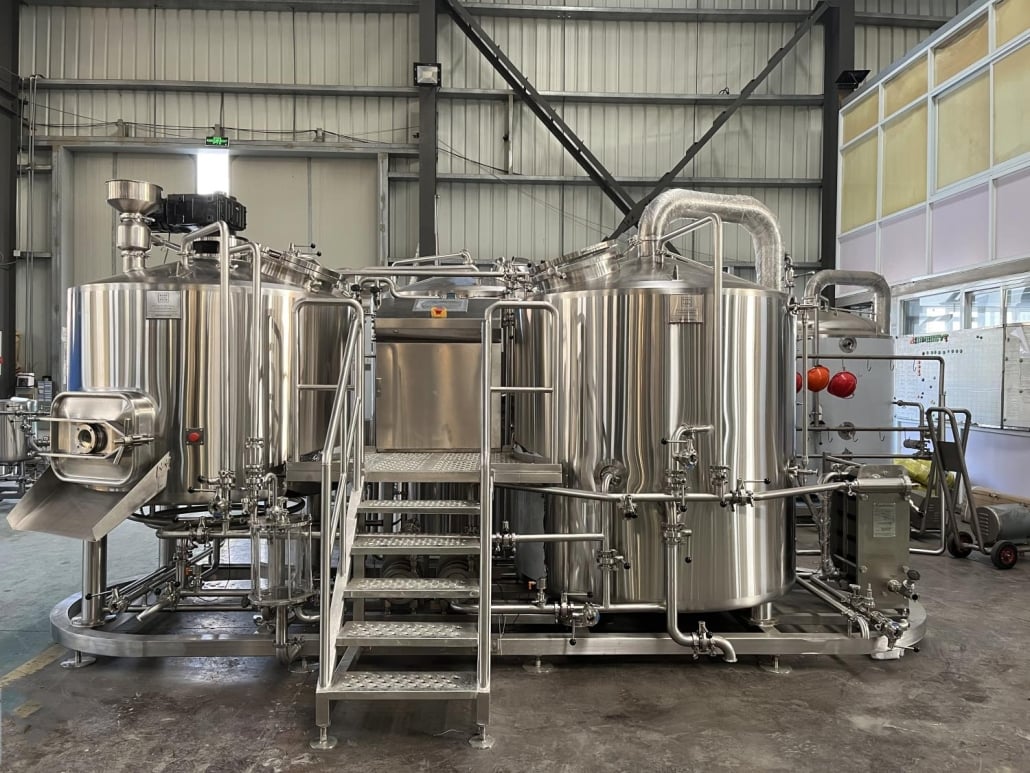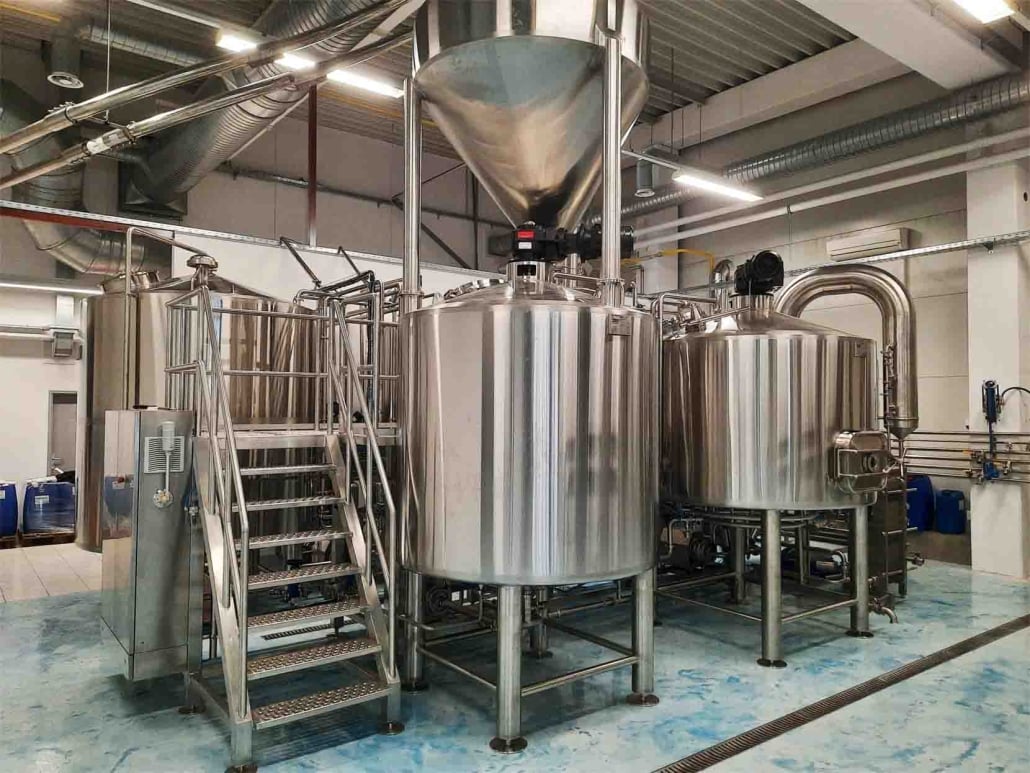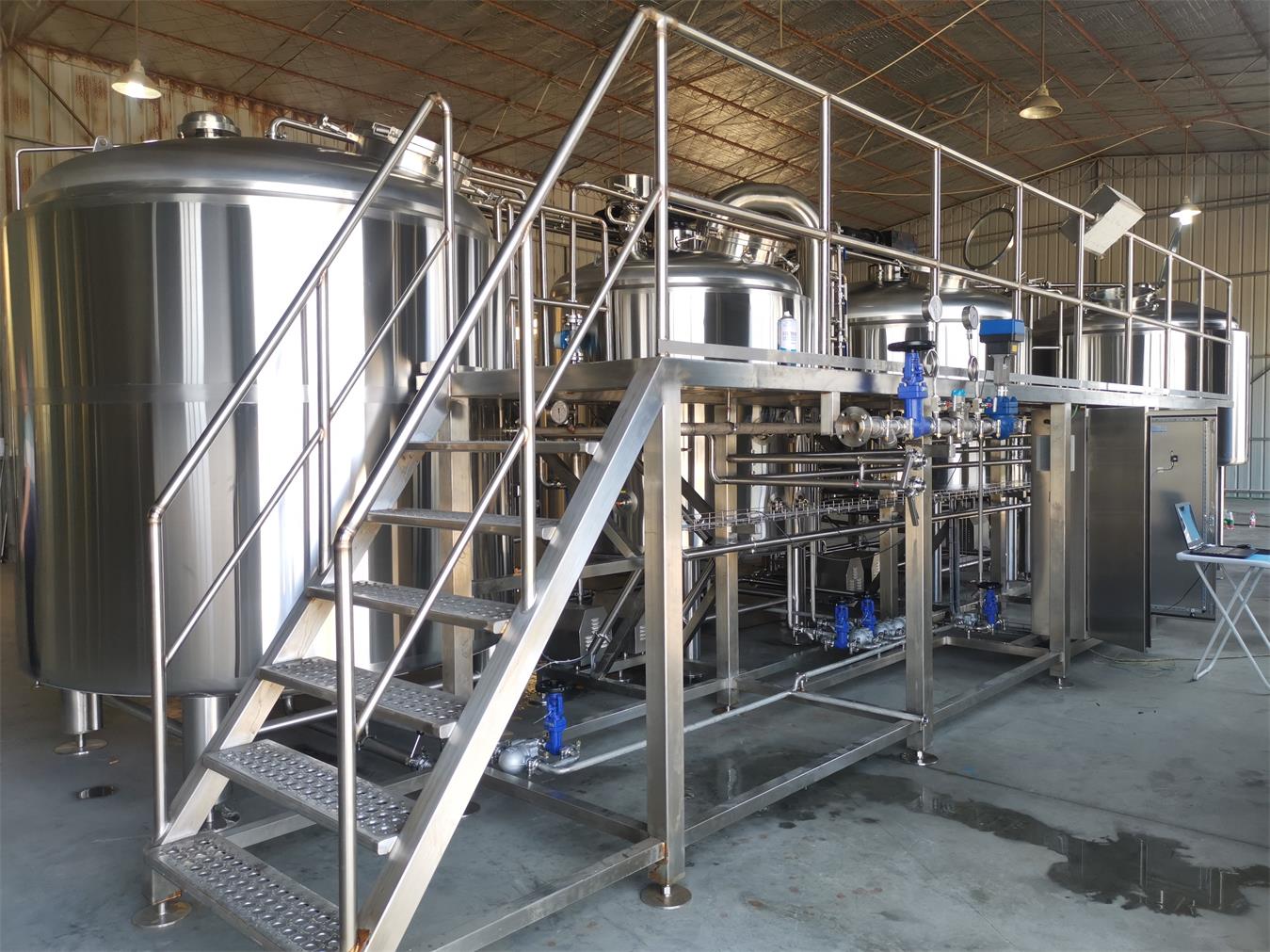the Guide of Brewery Tanks
When it comes to brewing beer, having the right equipment is essential. One of the most critical pieces of equipment is the brewery tank. This article delves into everything you need to know about brewery tank, from an overview of their importance, to a detailed equipment guide, and tables comparing different types, capacities, suppliers, and much more. Let’s dive into the fascinating world of brewery tanks.
Overview of Brewery Tanks
Brewery tanks are the backbone of any brewing operation. They come in various sizes and designs, each tailored to specific stages of the brewing process, such as fermentation, storage, and conditioning. Understanding the nuances of these tanks can significantly impact the quality of the beer produced and the efficiency of the brewing process.

Equipment Guide for Brewery Tanks
Types of Brewery Tanks
Understanding the different types of brewery tanks is crucial for setting up an efficient brewing system. Below is a detailed guide to the main types of brewery tanks and their functions:
1. Fermentation Tanks
Fermentation tanks are where the magic happens. These tanks provide the environment for yeast to convert sugars into alcohol and carbon dioxide. They come in various shapes and sizes, including cylindrical and conical designs, which help with yeast collection and beer clarification.
2. Bright Beer Tanks
Once fermentation is complete, the beer is transferred to bright beer tanks. These tanks are used for storage, carbonation, and final clarification before packaging. Bright beer tanks must maintain the beer’s quality by ensuring it remains free from oxygen and contaminants.
3. Lagering Tanks
Lagering tanks are specifically designed for the production of lagers, which require extended conditioning at lower temperatures. These tanks allow the beer to mature and develop its characteristic flavors over time.
4. Storage Tanks
Storage tanks hold the beer at various stages of the brewing process. They are versatile and can be used for different purposes, including holding water, wort, or finished beer ready for packaging.
Table: Types of Brewery Tanks
| Tank Type | Function | Design Features |
|---|---|---|
| Fermentation Tanks | Convert sugars into alcohol and CO2 | Cylindrical or conical, yeast collection systems |
| Bright Beer Tanks | Storage, carbonation, and final clarification | Pressure rated, oxygen-free environment |
| Lagering Tanks | Extended conditioning for lagers | Low temperature control, long-term storage capability |
| Storage Tanks | Hold various stages of beer | Versatile, large capacity |
The Brewing Process: Step-by-Step
Understanding the brewing process is crucial to appreciate the role of each tank. Here’s a step-by-step guide to brewing beer:
1. Mashing
The process begins with mashing, where malted grains are mixed with hot water to extract fermentable sugars.
2. Lautering
The mash is then lautered, separating the liquid wort from the spent grains.
3. Boiling
The wort is boiled and hops are added for bitterness, flavor, and aroma.
4. Fermentation
The boiled wort is cooled and transferred to fermentation tanks, where yeast is added to start the fermentation process.
5. Conditioning
Post-fermentation, the beer is conditioned in bright beer or lagering tanks to develop its flavors and carbonation.
6. Packaging
Finally, the conditioned beer is packaged into bottles, cans, or kegs for distribution.
Brewery Tank Capacities and Design
| Capacity (Liters) | Ideal Space | Design | Customization Options |
|---|---|---|---|
| 500-1000 | Small craft breweries | Cylindrical, stainless steel | Adjustable fittings, temperature control |
| 1000-5000 | Medium-sized breweries | Conical or cylindrical | Custom port configurations, pressure ratings |
| 5000-10000 | Large-scale production | Conical, jacketed for temperature | Advanced cooling systems, automation options |
| 10000+ | Industrial breweries | Cylindrical, multiple compartments | Integrated CIP (clean-in-place), custom sizes |
Suppliers and Price Range of Brewery Tanks
Choosing the right supplier is critical for acquiring high-quality brewery tanks. Here’s a detailed comparison of top suppliers and their price ranges.
| Supplier Name | Price Range (USD) | Special Features | Reputation |
|---|---|---|---|
| ABC Tanks | $10,000 – $50,000 | Custom designs, high durability | High |
| BrewMaster Equipments | $15,000 – $60,000 | Advanced automation, excellent after-sales service | Excellent |
| ProBrew Systems | $20,000 – $70,000 | Comprehensive brewing solutions, energy efficient | Very High |
| Stainless Solutions | $12,000 – $55,000 | High-grade stainless steel, customizable options | High |
Installation, Operation, and Maintenance
Proper installation, operation, and maintenance are key to the longevity and efficiency of brewery tanks. Here’s a detailed guide:
Installation
Proper installation ensures that the tanks operate efficiently and safely. It involves site preparation, tank placement, and connecting utilities like water, steam, and electricity.
Operation
Operational best practices include regular monitoring of temperature and pressure, ensuring proper sanitation, and maintaining accurate records of the brewing process.
Maintenance
Regular maintenance involves cleaning the tanks thoroughly using CIP systems, inspecting for wear and tear, and timely replacement of any damaged parts.
Table: Installation, Operation, and Maintenance
| Aspect | Details |
|---|---|
| Installation | Site preparation, utility connections, initial testing |
| Operation | Temperature and pressure monitoring, sanitation, record keeping |
| Maintenance | CIP systems, wear inspection, part replacement |
How to Choose a Supplier
Selecting the right supplier can make a significant difference in your brewing operation. Here are some factors to consider:
Reputation
Look for suppliers with a strong reputation in the industry. Reviews and testimonials can provide insights into their reliability and customer satisfaction.
Customization Options
Ensure that the supplier offers customization options to meet your specific brewing needs.
After-Sales Service
Good after-sales service is crucial for resolving any issues that arise post-purchase.
Table: Choosing a Supplier
| Criteria | Importance | Details |
|---|---|---|
| Reputation | Very High | Industry reviews, customer testimonials |
| Customization Options | High | Tailored designs, adjustable features |
| After-Sales Service | High | Support availability, warranty terms |
| Price | Medium | Competitive pricing, value for money |
Advantages and Limitations of Brewery Tanks
Brewery tanks come with various advantages and limitations. Here’s a detailed comparison:
Advantages
- Efficiency: Modern tanks improve the efficiency of the brewing process.
- Quality Control: They offer better control over fermentation conditions, leading to higher quality beer.
- Durability: High-quality tanks are durable and can last for many years.
Limitations
- Cost: High initial investment can be a barrier for small breweries.
- Space Requirements: Large tanks require significant space, which can be a limitation for smaller setups.
- Maintenance: Regular maintenance is necessary to ensure optimal performance, which can be resource-intensive.
Table: Advantages and Limitations
| Aspect | Advantages | Limitations |
|---|---|---|
| Efficiency | Improved brewing process efficiency | High initial investment cost |
| Quality Control | Better control over fermentation conditions | Requires significant space for installation |
| Durability | Long-lasting and durable | Regular maintenance needed to ensure optimal performance |

FAQ
| Question | Answer |
|---|---|
| What is the primary function of a fermentation tank? | To convert sugars into alcohol and carbon dioxide using yeast. |
| How does a bright beer tank differ from a storage tank? | Bright beer tanks are used for final clarification and carbonation before packaging, while storage tanks can hold various stages of beer. |
| Why are lagering tanks important? | They allow lagers to mature and develop flavors at lower temperatures over extended periods. |
| What should I consider when choosing a supplier? | Consider reputation, customization options, after-sales service, and price. |
| How often should brewery tanks be maintained? | Regularly, with specific focus on cleaning, inspection, and part replacement as needed. |
Conclusion
Brewery tanks are indispensable in the brewing industry, offering numerous benefits in terms of efficiency, quality control, and durability. By understanding the different types of tanks, their roles in the brewing process, and the considerations for choosing the right supplier, breweries can enhance their operations and produce high-quality beer. Whether you are a small craft brewery or a large-scale industrial operation, investing in the right brewery tanks is crucial for success. Cheers to brewing excellence!
Share this entry
Interested in learning more about Brewing Systems including additional details and pricing information? Please use the form below to contact us!
YOLONG BREWERY EQUIPMENT FAQS
- Commercial Brewery / Craft Brewery / Microbrewery / Nanobrewery
- What is The Difference Between Craft Beer and Industrial Beer?
- The Bespoke Differences In Custom Brewing Systems
- Everything You Need to Know About Kettle Souring
- How to Choose Brewing Equipment for Your business?
- How To Choose The-Best Partner To Build Your Commercial Microbrewing System?
- Two Detection Sensors That You Need To Use In Your Brewhouse System
- Remote Control Applications in Brewing Equipment/How does it work?
- How To Clean Your Brand New Brewery Tanks?

